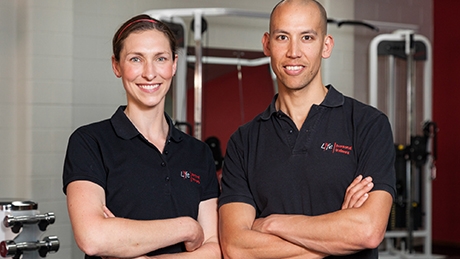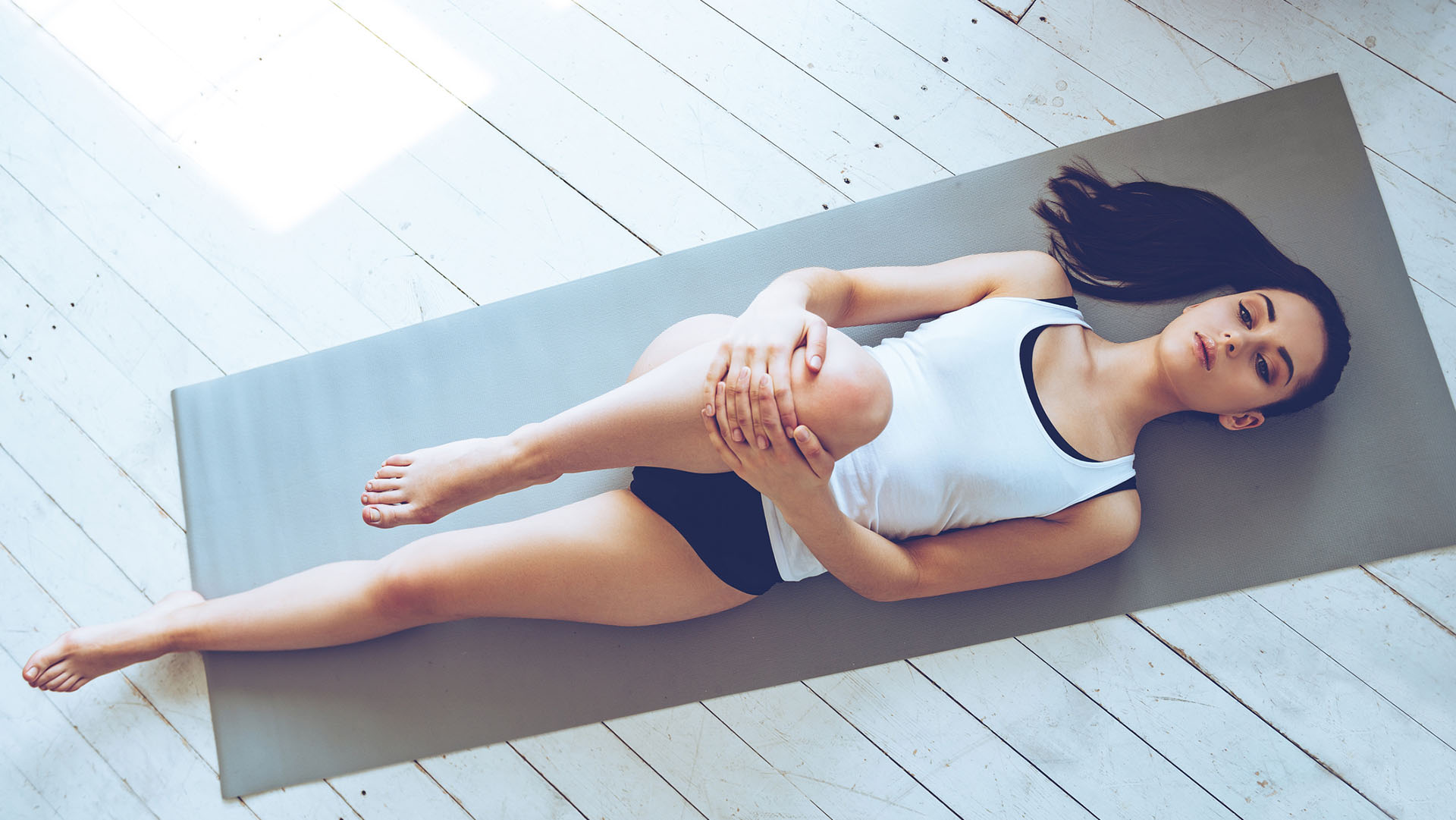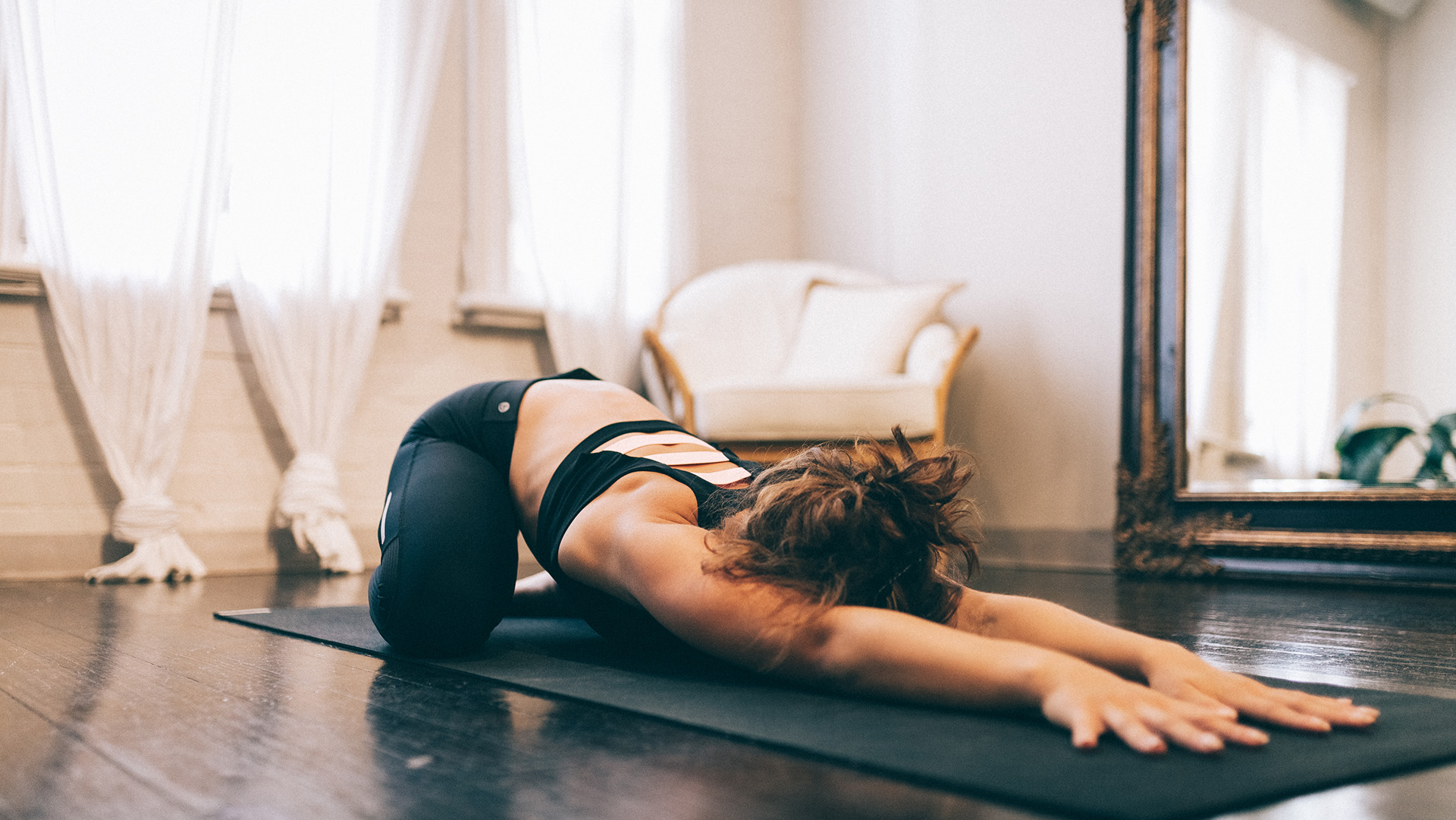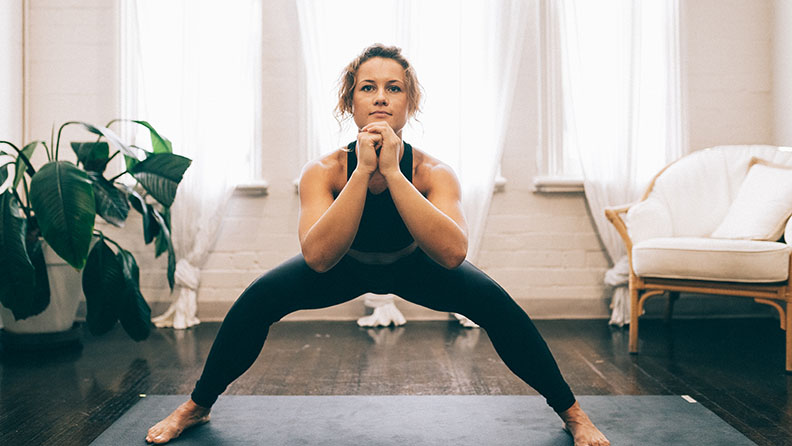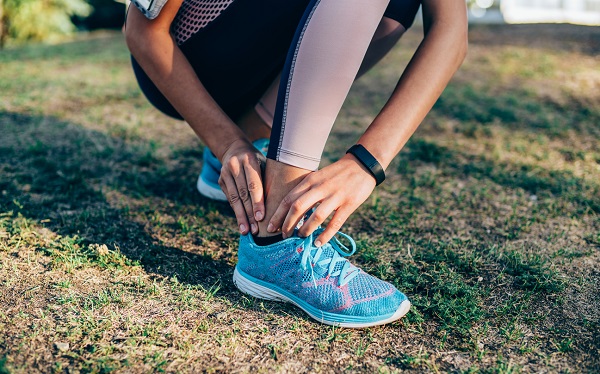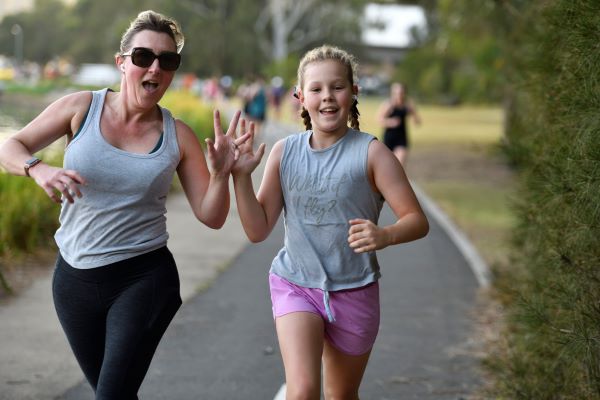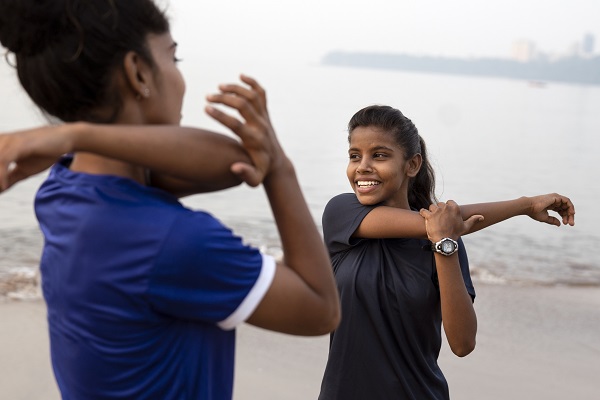-
Road cycling has had a huge surge in popularity recently. There are now a number of established ‘challenge’ or ‘community’ rides, providing a great focus for riders of all levels to test themselves over a set distance or mountainous terrain. These rides provide a goal to work towards in your training, as well as some much-needed motivation to get out of bed for those early morning training sessions.
Here, former Australian Road Cycling Champion Kristin Lewis shares his best tips for getting the most out of your training .
1. Set your goals. Clarify what your specific goals are for the event. Are you simply trying to complete the distance or are you targeting a specific time? If you are aiming for a particular time, work out the speed required and train at those speeds. When I was junior my coach would say, “If you never train hard, you’ll never race hard.”
2. Team up. Recruit a mate to take up the challenge with you. This means that you can support each other in your training endeavours and keep each other accountable.
3. Work up to the distance. One key aspect to your training will be building up to the ride distance. This would typically be your Saturday or Sunday ride with the aim being to ‘cover the distance’ at moderate intensity. For example, if the targeted ride is 150 km and your longest weekend ride is currently 80 km, you would plan to increase this distance by 10 km per week over seven weeks prior to the event.
4. Add HIIT. Most people typically have less time available during weekdays, making this the perfect time to incorporate some High Intensity Interval Training (HIIT). HIIT involves alternating periods of hard work with periods of active recovery. Research shows that this is a time-effective way to build fitness.
Ideally your HIIT sessions will be cycling specific, so you can complete your training on the road or on a stationary indoor spin bike. If using a bike is not possible during the week, HIIT can still have fitness and performance benefits if performed on any piece of cardiovascular gym equipment (eg. treadmill, cross trainer, rower). Aim for two sessions of HIIT over the week of between 20 and 60 minutes each.
High Intensity Interval Training examples
- On the road. Perform several repeated efforts up part of a local climb for 5-20 minutes each, using the time taken to safely descend the climb as your recovery period. This could also be performed on a flat road – 5 km efforts with a 5 minute recovery between each.
- On a spin bike or cardiovascular gym equipment. Following a warm up, perform 5-10 sessions of 2 minute efforts with a recovery of 1-2 minutes between each effort, depending on your level of fitness.
Fuel for training
Good nutrition is about planning and practice. There should be no new foods or surprises on the challenge ride day. Practice event day nutrition during some of your longer or harder training sessions. This can help improve gut tolerance and also allows you to discover any options that may not be well tolerated, or too difficult to open on the go and those that you most prefer. Find out if any food is going to be provided by ride organisers and what you need to organise yourself.
Start the ride with a familiar breakfast in the stomach. As a guide, most riders should be aiming for 30-60 g of carbohydrate per hour, depending on your speed and intensity. 45-50 g is equivalent to 500 ml of sports drink plus one muesli bar or banana.
Ensure you have at least two available bottle cages. Hydration needs are very individual and it is not necessarily the more the better. Start the ride well hydrated, listen to your thirst and take small regular sips. Stopping to gulp down a whole bottle at once is often poorly tolerated. Be aware that fluid needs will be higher if it is warmer and be prepared to top up fluid along the way.
For specific questions and an individualised plan it’s a worthwhile investment to seek out an Accredited Sports Dietitian with experience working in cycling. Check out sportsdietitians.com.au
For more health tips and training advice from Kristin, head to lifept.com.au
How to train for a bike race
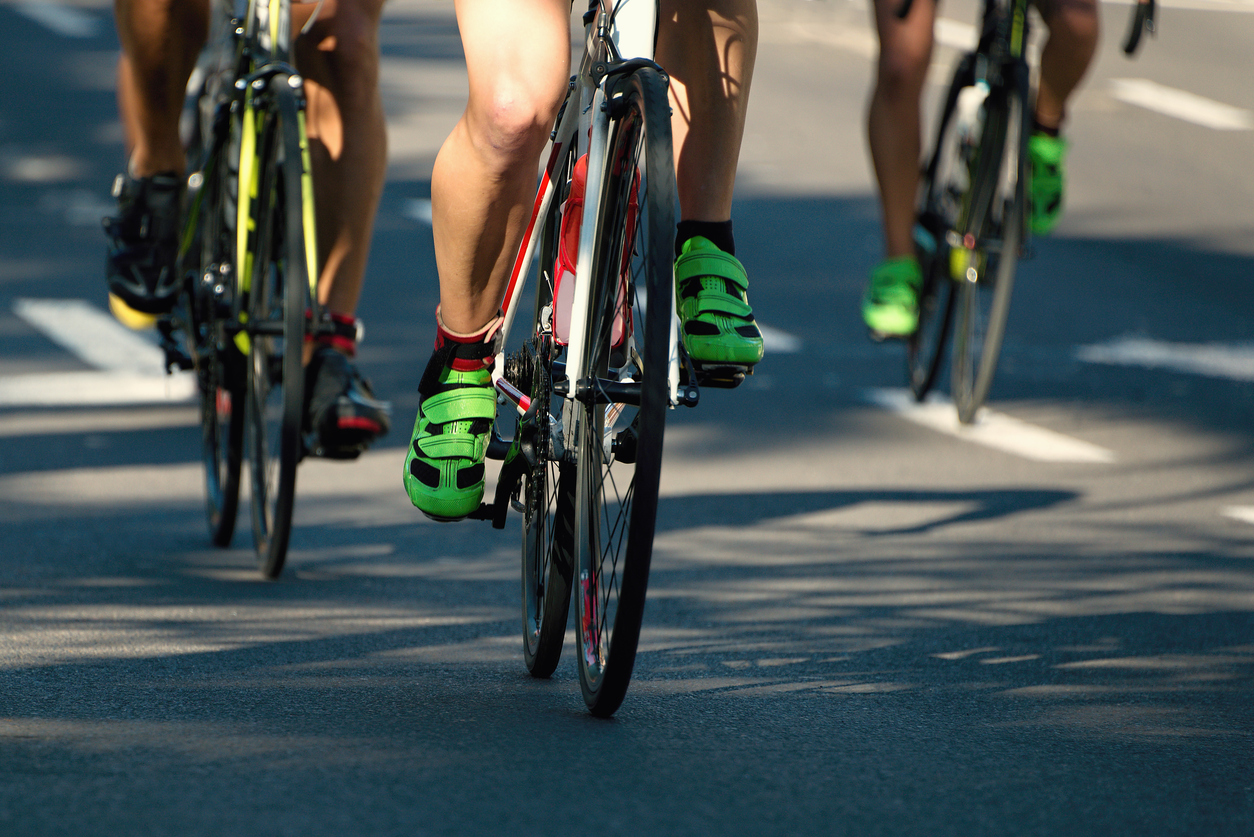
-
Stretches for gym enthusiasts
8 stretches to help you cool down from workouts
-
Stretches for office workers
Stretch out your back and relieve stress
-
Stretches for runners
Stretch your legs, hips and back after a long run
-
How to walk 10,000 steps
Discover how to easily reach your goal of 10,000 steps daily.
-
Everything you need to know about parkrun
Been wondering what a parkrun looks like? Where do you go? What do you do? How do you sign up? Find out here.
-
Five ways to exercise when on a budget
You don’t need to spend money on gym memberships just to meet your fitness goals. Here are five free ways to stay healthy and active when you’re living on a budget.
Subscribe to receive the best from Live Better every week. Healthy recipes, exercise tips and activities, offers and promotions – everything to help you eat, move and feel better.
By clicking sign up I understand and agree to Medibank's privacy policy
